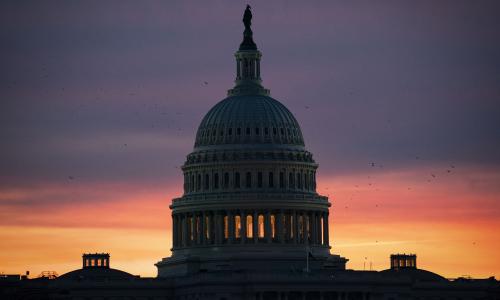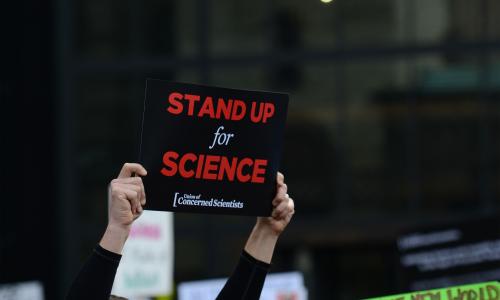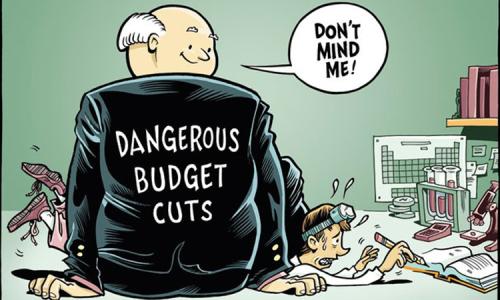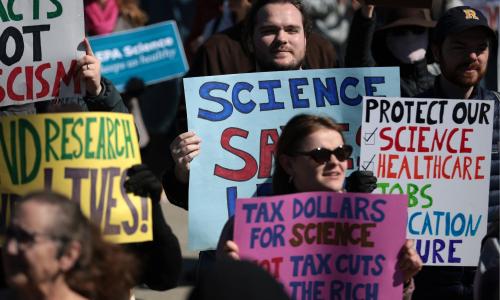This year’s Congressional budget reconciliation package could fundamentally reshape federal spending and undo years of climate progress.
What’s at stake?
President Trump and Congressional Republicans hope to use the budget reconciliation process this year to enact a partisan spending plan that could not pass the Senate under normal rules.
The proposals so far are dire threats to numerous UCS priorities: from clean energy, to electric vehicles, to sustainable agriculture, to climate resilience.
The current budget reconciliation proposal seeks to expand fossil fuel production by mandating oil and gas lease sales on federal lands and increase defense spending, specifically for the country’s nuclear arsenal and dangerous space-based weapons. It would repeal tax credits for electric vehicles, slow down investments in clean energy, and slash food assistance to low-income families. It would redistribute trillions in taxpayer dollars to the already-wealthy, powerful, and politically connected, and away from poor and working-class families, while managing to grow the deficit and debt. And, it would exacerbate climate change.
Help us defend crucial spending priorities and avoid the disastrous impacts of the current reconciliation package.
What you can do
How does budget reconciliation work?
While most legislation requires at least 60 Senate votes, budget reconciliation is a special process that cannot be filibustered and can pass with only 51 votes—or 50 votes and a tie-breaking vote by the Vice President. Budget reconciliation can happen once or twice a year, and it has to be related to budgetary decisions.
Recent examples of budget reconciliation legislation include the Republican tax cuts in 2017, known as the Tax Cuts and Jobs Act; the Democratic economic stimulus plan, known as the American Rescue plan passed in the wake of the COVID-19 pandemic in 2021; and the Inflation Reduction Act in 2022 that currently is investing billions of dollars in renewable energy and clean transportation across the country.
Budget reconciliation offers a rare opportunity for the political party in control of Congress to reshape federal spending—and through that the federal government—for years to come. Just how extreme this year’s plan will be, remains to be seen.




